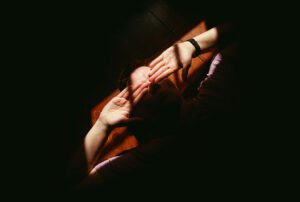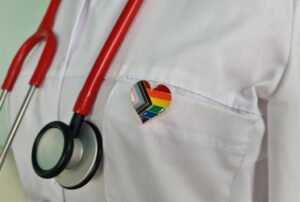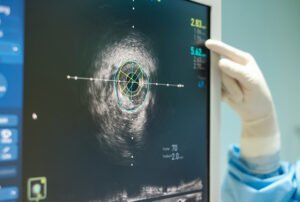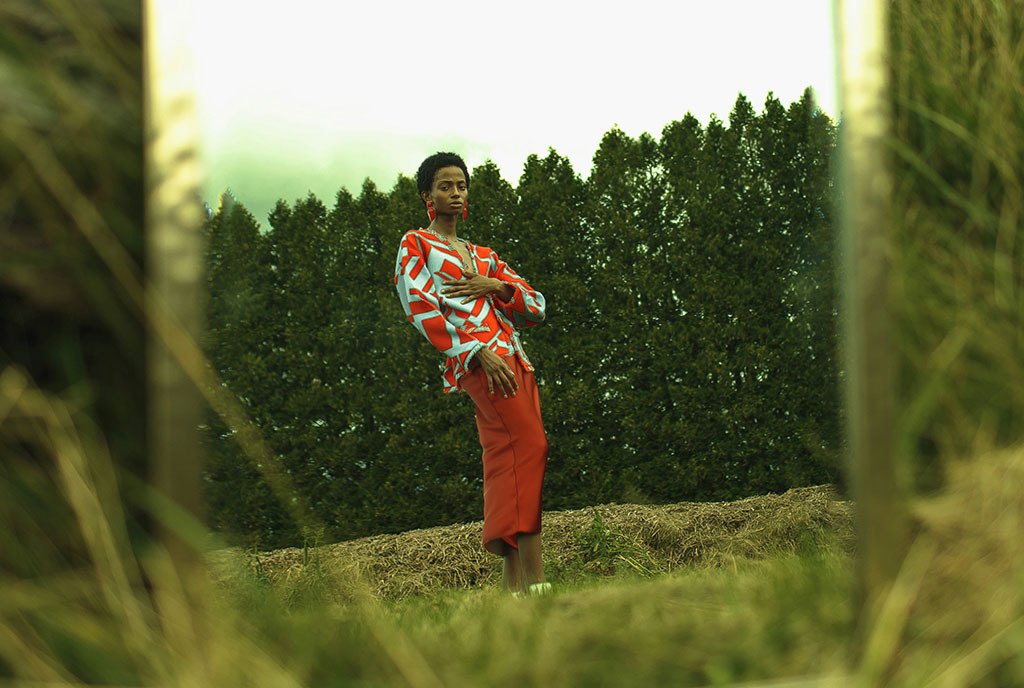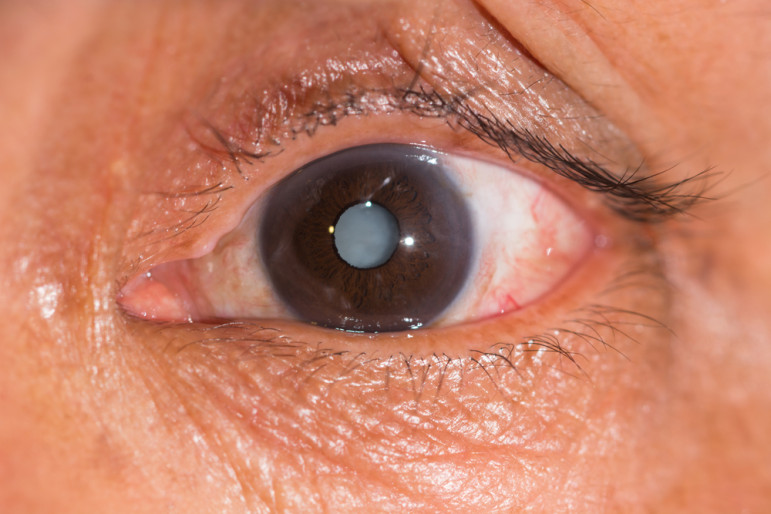
October 20, 2015; TakePart
HelpMeSee, a NYC-based nonprofit, has developed a new smartphone app to change eye care in the developing world.
In rural India, paperwork has to be manually transferred from clinic to hospital. This process often takes days. The new app lets cataract images and patient info be sent almost instantly.
The mission of HelpMeSee is to make the miracle of sight possible for every blind child and adult in the world who needs it, regardless of where they live or how under-served they may be. Cataracts are the leading cause of blindness in developing countries, and a high percentage of the cases can be prevented or cured. According to the HelpMeSee website, the surgery that is needed can take as little as five minutes for an adult or 15 minutes for a child.
Sign up for our free newsletters
Subscribe to NPQ's newsletters to have our top stories delivered directly to your inbox.
By signing up, you agree to our privacy policy and terms of use, and to receive messages from NPQ and our partners.
Health workers based in local communities can send images of a cataract using the app. The images are stored on a cloud-based system, which can run without continuous Internet. Once a signal becomes available, the information gets synced with that of the health system, and the patient’s global position is logged in Google Maps. The nearest hospital can then enroll the patient for surgery. Beyond GPS coordinates, the app gives altitude information that can help the hospital staff determine how the terrain might impact the patient’s journey and arrival. Approximately four weeks after the surgery, a health worker is able to follow up with a home visit, using the patient’s location information.
The app was developed in Calgary, Alberta, and field-tested in Chitrakoot, India, an area so rural that it often took many days to simply process the necessary paperwork. HelpMeSee has been active in Chitrakoot for three years and has completed almost 100,000 eye surgeries. Stefany Marranzini, global campaign operations manager for HelpMeSee, says the success of the app has impressed the local health workers with the time and resources it has saved.
The app is still in its early phases, with several issues to be resolved. One is the need for a smartphone; while cell phones can be found in many areas, smartphones are harder to find. HelpMeSee is working with local organizations to provide phones and will cover the upfront costs itself if the partnerships don’t. Additionally, the app is in English, which is not the local language. However, during the field-testing, workers in India were able to use icons to select the correct options.
HelpMeSee plans to expand over the next five years throughout Africa, Asia, and Latin America. By training specialists and local health workers, they expect to deliver 60 million surgeries by 2030.—Jeanne Allen



